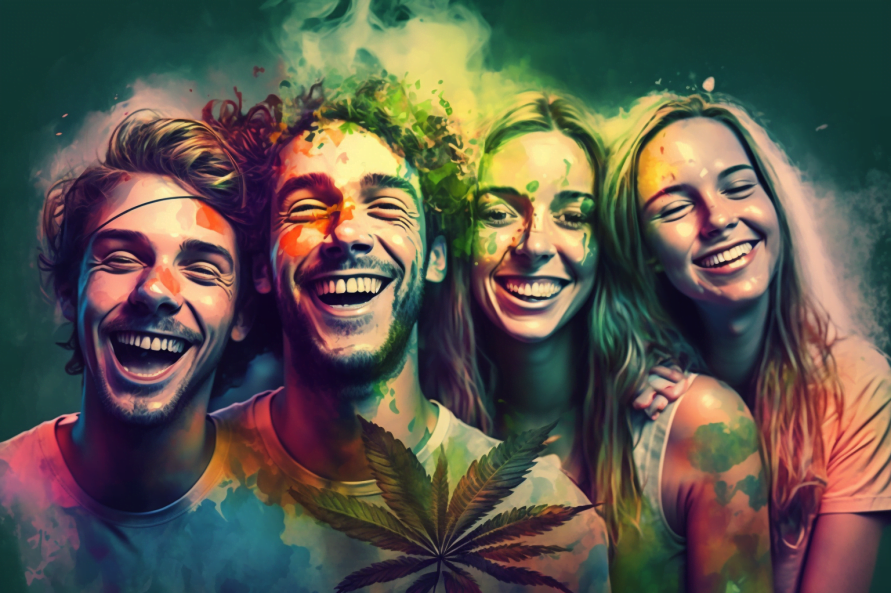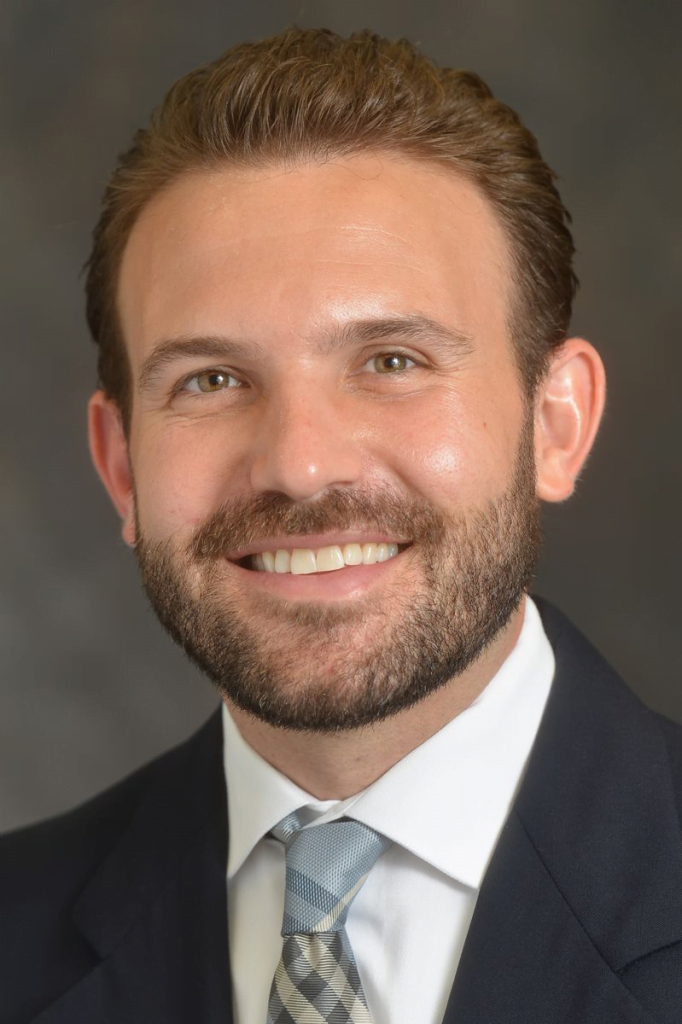English
Cannabis and LGBTQ?
United through cannabis, members of the LGBTQ community have reported smoking or consuming cannabis at higher rates than their heterosexual counterparts in many recent observations and surveys. For some community members, this is common knowledge. But what exactly attracts LGBTQ people to cannabis so much?
Several studies show a fairly common pattern: LGBTQ people and sexual minorities – especially bisexual men and women – consume cannabis more often than heterosexuals. Given that bisexuals are usually associated with homosexuals, who also consume cannabis at higher rates, the LGBTQ community as a whole is probably one of the demographic groups that is most friendly to marijuana.
“I would say that yes, there is a higher consumption of cannabis in the LGBTQAI+ community,” says prominent drag star Laganja Estranja. “I think a lot of people who are gay, bisexual or non-binary [turn to cannabis] because they are ostracised at a very young age, whereas someone who is straight or in a heteronormative relationship is not so often. There is a higher level of stress in people in this community.”
Estranja’s uncompromising and open acknowledgement of cannabis compelled the drag star, musician and RuPaul’s Drag Race Season 6 contestant to release a pre-roll line with LAHepburns, highlight cannabis in a music video and release a line of vegan cannabis snacks with FRUIT SLABS.
“I grew up in Texas,” Estranja explains. “Being gay was definitely very hard for me as a kid, and it wasn’t until I moved to California and got my medical marijuana license that I understood the difference between the stress and life as a sexual minority. I think that’s one of the main reasons why this community consumes so much. I also like to joke that homosexuals don’t usually have children, so they also have a lot more money to spend on marijuana. I also think it’s more popular in our community because it’s gotten into the mainstream.”
There is plenty of data to suggest that LGBTQ people love cannabis, although we mostly rely on self-reports. In one study, gay men reported smoking cannabis in the year prior to the survey “about four times more often than exclusively heterosexual men”, the researchers noted in 2009, adding that “lesbians were almost six times more likely than heterosexual women to use cannabis”. But this team of researchers found that bisexual women reported the highest rates of consumption.
Analysts at New Frontier Data in 2017 found similar, albeit more modest, results. The researchers found that while 49 per cent of heterosexual respondents said they had consumed cannabis in their lifetime, 64 per cent of LGBTQ respondents said they had partied. The team also found that bisexual men and women were the group that was most supportive of cannabis reform.
What about the children?
Some studies identify cannabis use among LGBTQ teenagers as a risk factor. Young people who identify as lesbian, gay or bisexual are at increased risk for alcohol, nicotine and cannabinoid use, Oregon State University researchers found last year. Researcher and assistant professor in the School of Psychological Sciences in OSU’s College of Liberal Arts, Sarah Dermody, wondered if the higher rates could be explained by the adversity that comes from the constraints of being a sexual minority – because not everyone fits neatly into traditional gender roles. Dermody’s questions may provide an explanation for where research on medical cannabis among LGBTQ youth is heading.
Dermody’s theories may make a lot of sense when you consider that bisexual people are much more prone to anxiety, which can be alleviated by cannabis. Transgender, gay and lesbian people are also prone to anxiety, depression and other related disorders. “That’s why we see a huge suicide rate in my community is because when people are first introduced to this world, they recognise that they are different from someone. And that becomes very traumatising at times,” Estranja added.
Another obvious factor – as pointed out by Estranja – is children or the lack thereof. Among LGBTQ adults under the age of 50, 48% of women and only 20% of men are raising a child under the age of 18. This opens up more room for cannabis consumption without having to hide it from young children.
We still have much to learn about the prevalence of marijuana use among LGBTQ people. Meanwhile, Ian Holloway, an associate professor at UCLA’s Luskin School of Affairs, was awarded $400,000 last year for a detailed study of marijuana and tobacco use among sexual minorities. The funding will cover a two-phase study involving 1,000 LGBT youth aged 18-29 across California. The research, conducted in partnership with the Los Angeles LGBT Center, will provide important data that will provide greater insight into how and why LGBTQ youth are attracted to marijuana in the first place.
If you want to try quality cannabis seeds, take a look at our offer
Published by Blood
25/01/2023choose and buy cannabis seeds from our offer
our pleasure





























